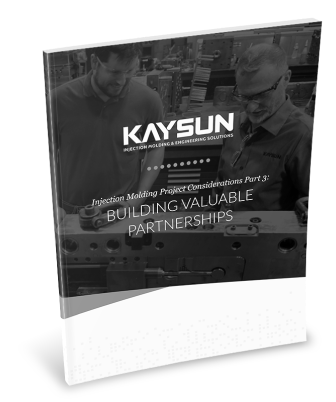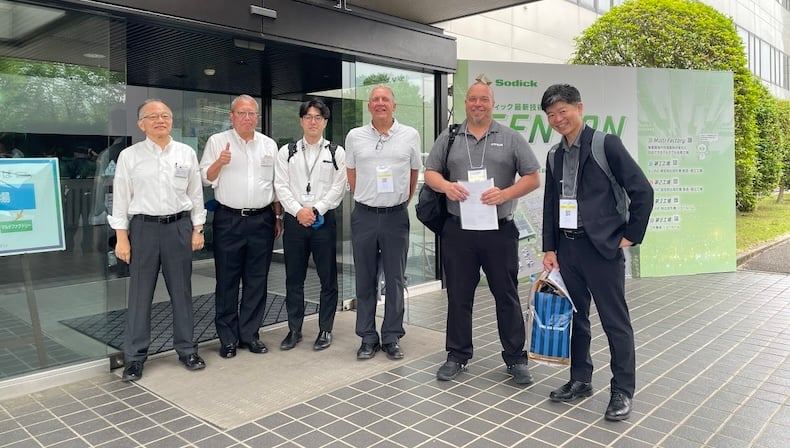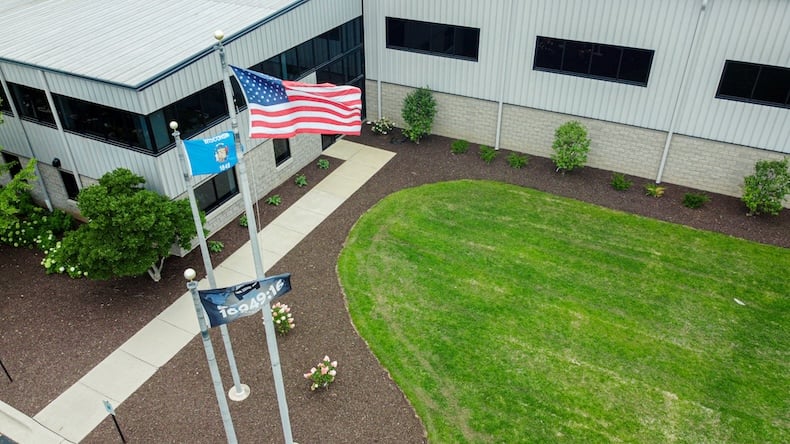General manufacturing

Snap-fit designs, also called snap joints, are an effective way to replace fasteners/hardware in injection-molded plastic parts or products. For most applications, snap joint connections are the simplest and most cost-effective way to assemble two parts — making them ideal for high-volume production. The quick and easy connections help reduce the risk of improper assembly, which occurs more frequently in applications that require more components (fasteners) and tools.
Manufacturers are interested in injection molding snap-fit because it can save time and money, as well as being just as strong as fastened connections. Other primary benefits:
An added benefit is environmental — because snap-fitted products can be easy to take apart it’s easier to separate and recycle different materials.
Which snap joints are best for your product depends on the intended use and the material/design strength that is required to keep it secure. Snap-fits can be engineered to be a permanent connection or allow frequent assembly and disassembly (like battery compartment covers in electronic products). Gas-tight and fluid-tight snap joint connections can even be made when snap-fits are engineered to work with seals and O-rings.
Even though snap-fits are relatively simple in design and how they operate, incorporating them into product design does add complexity to the molding process. This is because engineers have to consider the functional requirements of the connection and the product, assembly requirements, mechanical properties of the thermoplastic (strength, flexibility, recovery), and changes to the design of the mold (including part ejection). The design must ensure that the snap-fit has the proper “holding power” to keep the connection secure without bending too much, or breaking. These calculations become more complex, too, if the snap-fit application requires hundreds of openings and closings. Since most snap-fits require an undercut, a more complex mold is often needed.
Depending on the design and intended use of the product, snap-fit connections can increase tooling cost. However, once the snap-fits are designed and production is underway, the extra cost is usually quickly recovered by lower assembly costs, faster throughput, and less rework.
To learn how partnering with an experienced injection molder can help you overcome complex design and production challenges, read our Industrial and Critical-Use Injection Molding Part Histories.


TL; DR: The 30-second Summary If you’re looking for custom injection molding compa…
READ MORE

Precision presses are central to producing injection-molded parts for complex appl…
READ MORE

Tariffs, geopolitical uncertainty, global supply chain disruptions, and shifting c…
READ MORE